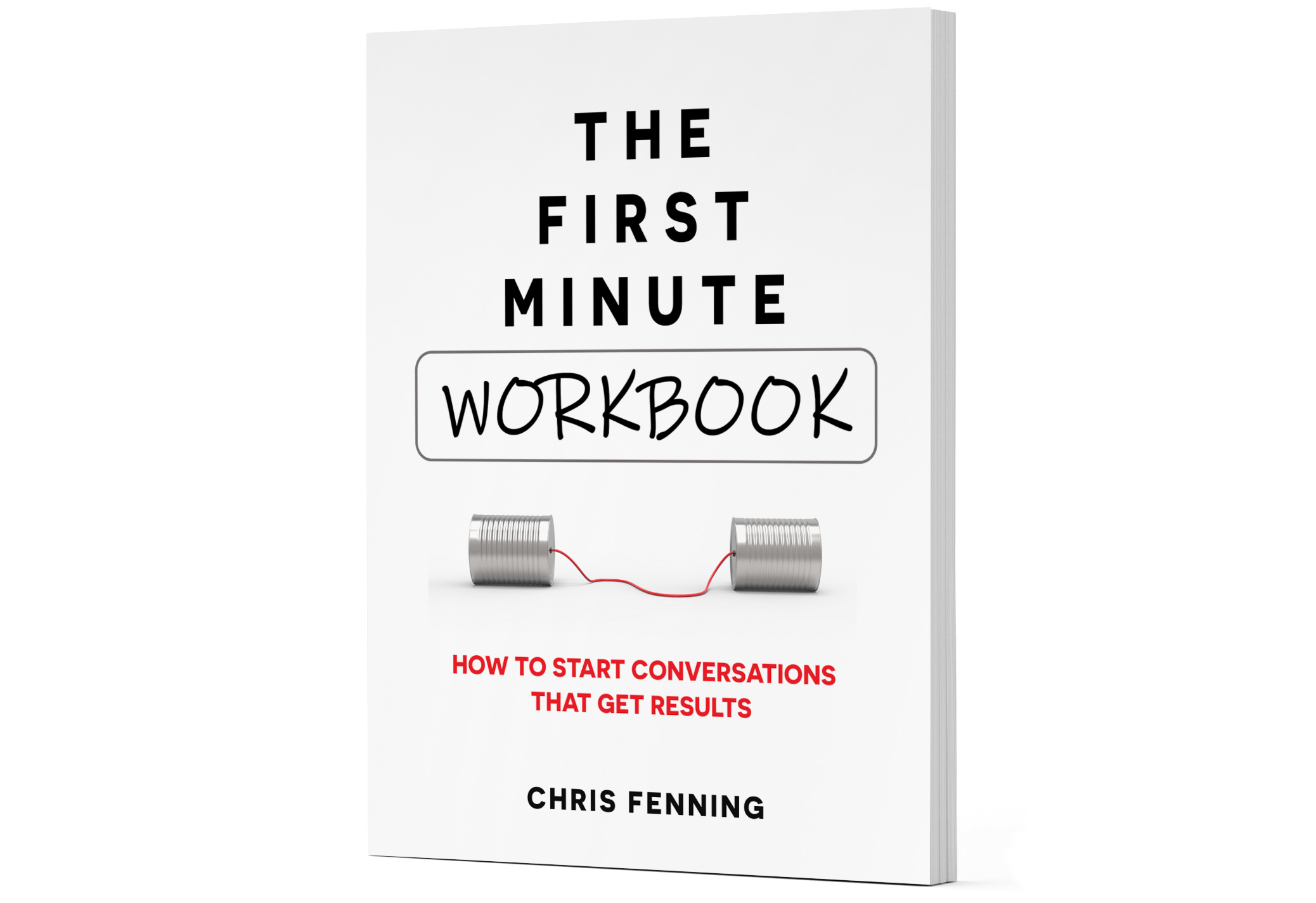The key to being clear and concise is to begin every conversation with two statements. A statement that provides context for the topic. And a statement that makes it clear what you intend the other person to do with the information.
When you give intent and context at the start of a conversation, it is clear what the conversation will be about.
Context
Before you start talking about the details of your message, you need to provide some context. You need to orient your audience, so you are starting at the same point.
This is easy to do if you start your message with a simple context-based statement.
- Name the project or the issue.
- Name the process, system, or tool you will talk about.
- Give the name of the customer with whom you are working.
- Name the task or objective you want to talk about.
The options are endless. The key is to give the context quickly, so your audience knows the topic or area you are going to talk about.
Intent
Intent tells your audience what you need them to do with the information you are about to share.
Most work-related intentions fall into one of five categories. For each category, it is possible to describe the intent of the message in one line. The table below shows the categories and some examples of how to show intent in a short sentence.
| Category of intention | Examples |
| Needing help/advice/input | Can you help me? We need your input. I need some advice. Can you explain something? |
| Requesting action | Can you provide an update on X? Can you send the contract to Zoe? |
| Wanting a decision | We need a decision on X. |
| Letting someone know something is about to happen, so they are not surprised | Heads up, something is about to happen on X. You need to know this before you talk to the client. |
| Providing information/input the other person asked for previously | Here’s the report you asked for. Here’s the information you requested. |
Combining context and intent
When you combine context and intent statements you create the simplest and clearest start to your message. The audience knows the topic and what is expected of them.
Let’s look at the examples of context and intent statements.
- ‘I’m working on project X…I need your advice.’
- ‘I’m working on project X…we need to make a decision.’
- ‘I was reviewing the new information security policy…there’s something you need to know.’
- ‘We’re closing the sale on the Jefferson account…I’ve got some good news.’
- ‘I’m about to submit a request for time off for…and it needs your approval.’
- ‘I read the marketing report you sent me…I think we have an opportunity.’
- ‘The office supplies arrived…there’s a problem with the delivery.’
- ‘The new budget came out…here’s the summary report.’
- ‘I want to reward my team…can you help me?’
- ‘I’m planning the office party…you should know…’
- ‘The kitchen sink is leaking…can you help me?”
The longest of these examples is 15 words, and the shortest is only nine. That means in less than 10 words you can prepare your audience to be in the right frame of mind to hear your message.
Imagine if every interaction at work started with one of the sentences above. It would be clear every time what the audience could expect from the rest of the conversation. They would immediately be in the right frame of mind to receive the information you need to share.
Activity
Take another look at the last email you sent to someone. Is the context clear? Is the intent clear? Are they stated or implied? Or are they missing altogether?
If the context and intent are implied or missing, the recipient might not have understood exactly why you sent the email to them. If you could write the email again, what would you change to make your intent clearer?
Would your like to learn more about how to get your message across quickly and clearly? Check out the training options or grab a copy of my book, The First Minute.
Learn more with my book
The First Minute Workbook

Whether you are heading towards senior leadership, are in the middle of your career, or are a recent graduate, this workbook will help you build the critical skill of clear and concise work communication.
Practice and master The First Minute communication methods using real examples from your own work. The short activities in this workbook will help you to:
- Make your emails shorter and clearer
- Quickly identify the right things to focus on
- Create valuable status updates that people want to listen to
- Kick-start more productive meetings with informative invites
- Escalate issues quickly and clearly with a repeatable format
- Practice at your own pace with activities and templates
